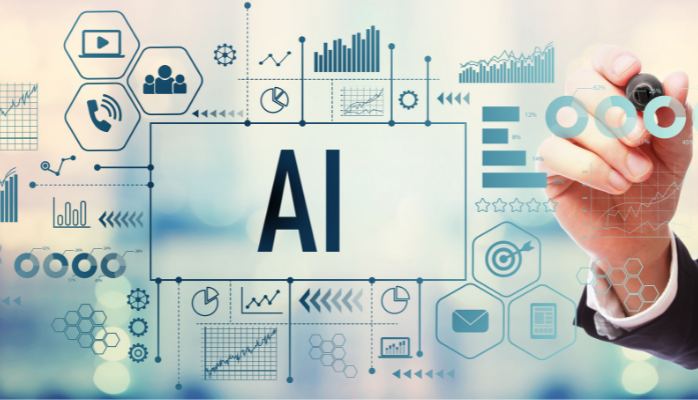In recent years, artificial intelligence has gone from being a hokey sci-fi trope to one of the buzziest buzzwords across the entire technological landscape. Nearly every industry stands to gain from it in some way at some point, but few have begun to reap the benefits quite as quickly as video surveillance.
Maybe you’ve heard about AI-based video surveillance at some point and wondered what all the fuss was about. Perhaps at some point you’ve even had the thought that it must be a little overhyped. However, in reality that couldn’t be further from the truth. So, we’ve enlisted Chris Skinner, our Director of Security Technologies, for a quick chat to clear up what’s so special about this quickly developing field.
So, first things first: what is AI as it pertains to video surveillance?
Chris: What better place to start, huh? I think a few people still hear AI and think of the Spielberg movie or the voice in Iron Man’s helmet, and needless to say… it’s not that. In video surveillance, when we say AI, that just refers to software – the “brains” of the system, if you will – that interprets and adapts based on visual data from its environment. In other words, it’s learning from what the cameras are seeing.

Sorry, it *literally* learns?
Chris: *laughs* Yes, it undergoes a process called machine learning, where it runs all the data it receives through a set of algorithms, and uses that information to refine the way it does its job. Internally, that process can be more or less complex depending on the type of AI you’re working with and what you’re asking it to do, but for the user it’s mostly hands off. You tell it what to look for, and maybe give it a helpful nudge in the right direction, but it’s capable of learning all on its own.
So, for example…
Chris: Well, for instance, say you’re using a rule-based AI, and telling it to enforce some kind of line-crossing rule. If any individual walks too far into a certain area, the system flags that action. You may have to tinker initially with the sensitivity, so that you aren’t getting needless alerts if a small part of somebody’s body strays over the line for half a second.
But apart from that, the system will be remarkably consistent, and will get better and better over time at accounting for variables. If you want to identify a license plate, a glare off a window might make that difficult for a human being staring at a surveillance feed on a screen. But an AI-driven system learns and adapts to its environment over time, so it knows how to adjust for a glare, a sunset, rain, or anything else that might make its job more difficult.
And once the system identifies something, what happens with that information?
Chris: That’s the beauty in all of it: you get to decide. You can program the system to respond in the same way you would if you were monitoring it yourself, or otherwise paying somebody to monitor it. Suppose you’re running a behavioral analytic that identifies aggressive or violent behavior. Maybe the system immediately alerts the authorities in that case. However, if the system simply flags that a capacity rule is being violated, you might just want your staff to be pinged with an alert that there are too many people in a room.
It’s all under your control; you just don’t have to devote the resources to have somebody sitting there watching the video feeds, or manually scrubbing data to find what you’re looking for.
What about with a view toward the future? What would you say to somebody who thinks “I’ll just wait until development calms down a little before I get involved.”?
Chris: I think it’s really not the sort of thing where you need to worry about buying in and having it not make sense long-term. This technology is software driven and extremely scalable. As the technology develops, what you bought improves.
If you want newer, more powerful analytics, you can just add them. If your needs change and you need more cameras for more buildings or more areas, the technology supports that. Where’s the downside? You tell me, because I can’t find it.
Well, you’ve certainly given us plenty to process, so let’s leave it there for today! Chris, thanks for taking the time to educate us.
Chris: No problem. And if any of our customers are looking to learn more about what an AI-based surveillance platform can do for them – you know who to call!



